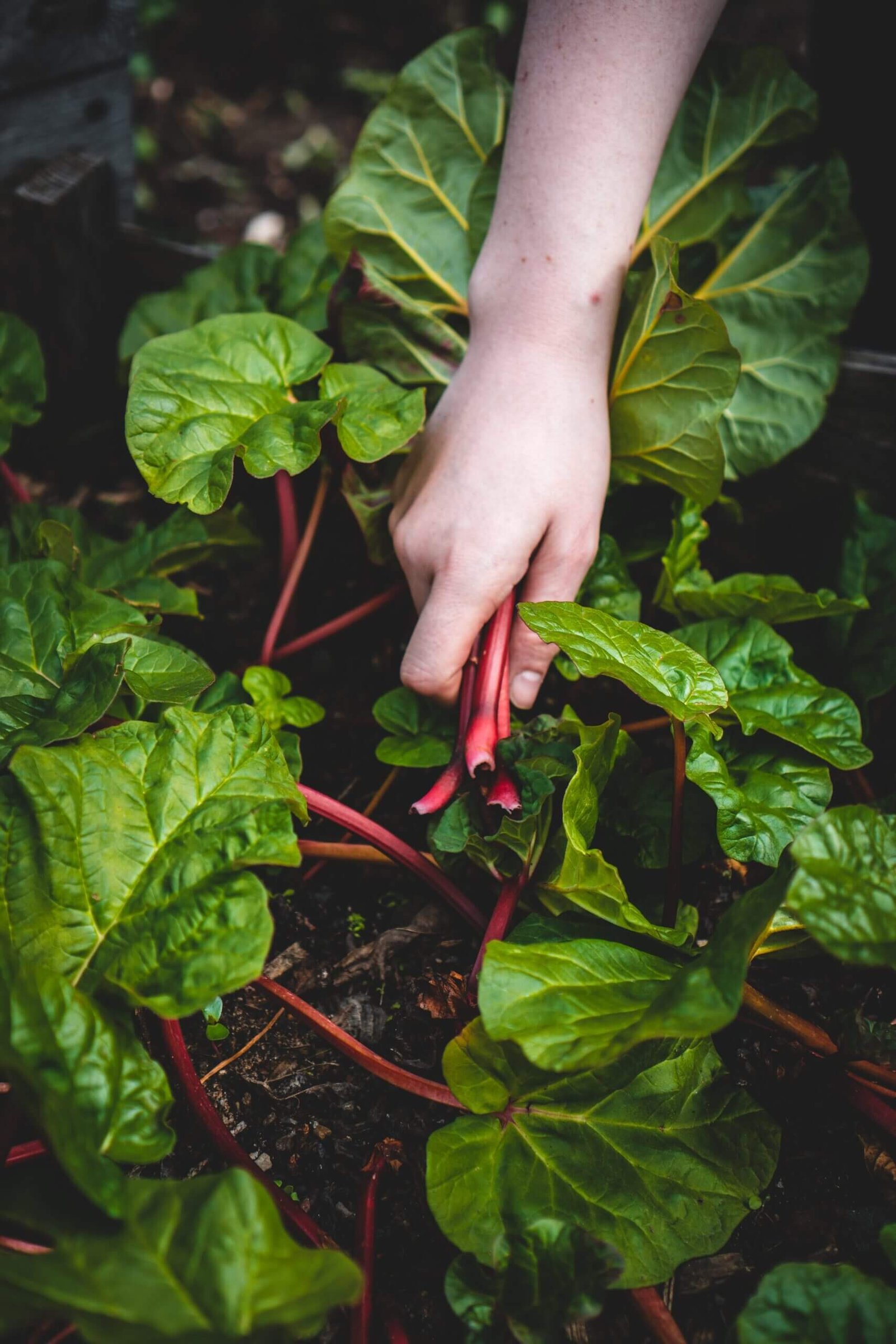Have you ever wondered what sets urban gardening apart from its rural counterpart? The main difference lies in the setting and scale of the gardens. Urban gardening refers to the practice of growing plants and vegetables in densely populated areas, such as cities or towns, often in small spaces like balconies or rooftops. On the other hand, rural gardening takes place in rural areas, where the land is more abundant and typically used for larger-scale agricultural purposes. Understanding these distinctions can shed light on the unique challenges and advantages that both types of gardening offer.
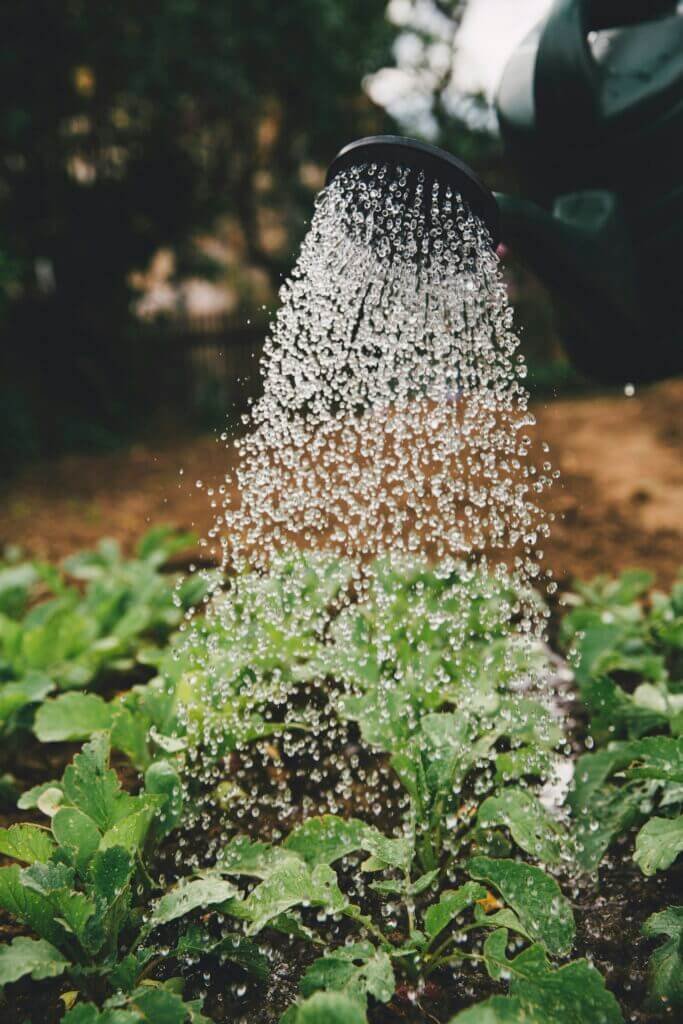
Availability of Space
Urban Gardening: Limited Space
Urban gardening is often characterized by limited space. In urban areas, finding available land for gardening can be a challenge, especially in densely populated neighborhoods. It is not uncommon to see urban gardeners maximizing their space by utilizing every nook and cranny available, whether it’s a small balcony, rooftop, or window sill. Due to the scarcity of land, urban gardeners have to think creatively and make use of vertical gardening techniques and container gardening to optimize their growing space.
Rural Gardening: Abundant Space
In contrast, rural gardening benefits from the abundance of space. In rural areas, there is often more land available for gardening purposes. It is not uncommon to find households with large gardens, allowing for the cultivation of a wide variety of crops. The spaciousness of rural areas provides ample room for traditional garden layouts, including separate sections for different crops and ample space for pathways and storage. This abundance of space allows rural gardeners the freedom to experiment with different planting techniques and expand their garden as they please.
Garden Design
Urban Gardening: Vertical and Container Gardening
Urban gardening necessitates innovative garden design techniques due to limited space. Vertical gardening, which involves growing plants upwards on structures like trellises or walls, is a popular method in urban areas. It maximizes vertical space and allows gardeners to grow a larger number of plants. Container gardening is another common practice in urban areas, where plants are grown in pots, hanging baskets, or even recycled containers like old tires or milk crates. These design approaches offer flexibility and the ability to move the garden easily, making them ideal for urban gardening.
Rural Gardening: Traditional Garden Layouts
Unlike urban gardening, rural gardening often adheres to traditional garden layouts. With more space at their disposal, rural gardeners often have the luxury of planting in neat rows, creating clearly defined sections for different types of crops. This method simplifies maintenance, allows for efficient use of space, and helps prevent the spread of diseases between plants. Rural gardeners can easily accommodate larger structures such as garden sheds, compost bins, and raised beds, providing a well-organized and visually appealing garden layout.
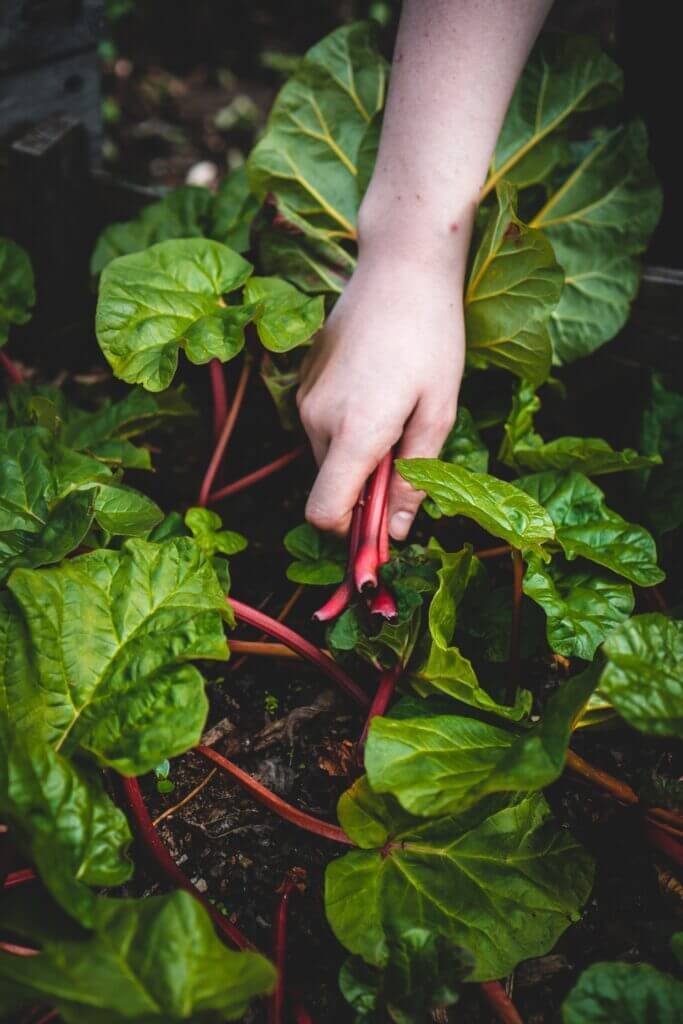
Accessibility to Resources
Urban Gardening: Easy Access to Supplies and Tools
One advantage of urban gardening is the easy accessibility to supplies and tools. Urban areas often have a wide range of gardening stores, nurseries, and communal gardening initiatives. This means that urban gardeners can quickly and conveniently access seeds, soil, fertilizers, gardening tools, and other necessary resources. Additionally, urban gardeners can take advantage of local community gardens or urban farming programs, where resources and knowledge are shared amongst participants, further enhancing the accessibility to essential gardening supplies.
Rural Gardening: Limited Access to Supplies and Tools
Compared to their urban counterparts, rural gardeners may face challenges in accessing gardening supplies and tools. Rural areas, particularly those in remote locations, may have fewer stores dedicated to gardening and may have to rely on distant suppliers. The limited availability of gardening resources can make it challenging for rural gardeners to access a diverse range of seeds, sustainable gardening practices, and specialized tools. However, rural gardeners often develop resourcefulness and self-sufficiency, finding alternative methods to meet their gardening needs.
Environmental Considerations
Urban Gardening: Pollution and Noise Concerns
Urban gardening is not without its environmental challenges. One significant concern is the exposure to pollution and noise. Urban areas are often accompanied by high levels of air pollution, which can have detrimental effects on plant growth. Additionally, noise pollution from traffic, construction, or industrial activities may impact the overall health and well-being of plants. Urban gardeners must take these considerations into account and implement strategies to mitigate the negative effects of pollution and noise on their garden’s health.
Rural Gardening: Less Pollution and Noise
In contrast, rural gardening benefits from a more favorable environmental setting. Rural areas generally have cleaner air quality, with less pollution compared to urban centers. This cleaner air quality promotes healthier plant growth and reduces the risk of respiratory issues for both plants and gardeners. Similarly, rural areas tend to have lower levels of noise pollution, allowing plants to thrive in a quieter and more peaceful environment. These factors contribute to a more sustainable and harmonious gardening experience in rural settings.

Crop Selection
Urban Gardening: Focus on Small-scale Crops and Herbs
Due to the limited space available in urban gardening, the focus often lies on small-scale crops and herbs. Gardeners in urban areas tend to grow a variety of vegetables and herbs, such as lettuce, tomatoes, peppers, basil, and mint. These crops are chosen for their compact growth habits, nutrient density, and ease of cultivation. Urban gardeners often prioritize crops that can be harvested continuously or have a short growing season, maximizing their yield and providing a fresh supply of homegrown produce throughout the year.
Rural Gardening: Larger Crop Variety and Cereal Crops
Rural gardening, with its ample space, allows for a larger variety of crops to be grown. In addition to vegetables and herbs, rural gardeners often cultivate larger crops like corn, wheat, and soybeans. These crops, known as cereal crops, play a vital role in rural agriculture and food production. With more land at their disposal, rural gardeners have the freedom to experiment with different crops, ensuring a diverse harvest for personal consumption or even large-scale sales.
Pest and Disease Control
Urban Gardening: Close Proximity Increases Pest and Disease Risks
The close proximity of urban gardens can lead to increased pest and disease risks. Urban areas often have a higher concentration of gardens, which can facilitate the spread of pests and diseases between plants. Factors such as limited space, heat islands effect, and lack of natural predators contribute to the higher risk. Urban gardeners must remain vigilant in monitoring their plants for signs of pests or diseases and implement appropriate pest control measures, such as organic insecticides, companion planting, and regular maintenance practices.
Rural Gardening: Larger Spaces Decrease Pest and Disease Risks
Rural gardening benefits from larger spaces, which naturally decrease the risk of pest and disease infestations. The open landscapes and greater distance between gardens help mitigate the spread of pests and diseases, reducing the likelihood of widespread outbreaks. Additionally, rural areas often have a higher presence of natural predators, such as birds, beneficial insects, and amphibians, which help regulate pest populations. While rural gardeners still need to be observant and proactively manage potential pest and disease issues, their gardens generally experience fewer overall problems compared to urban gardens.
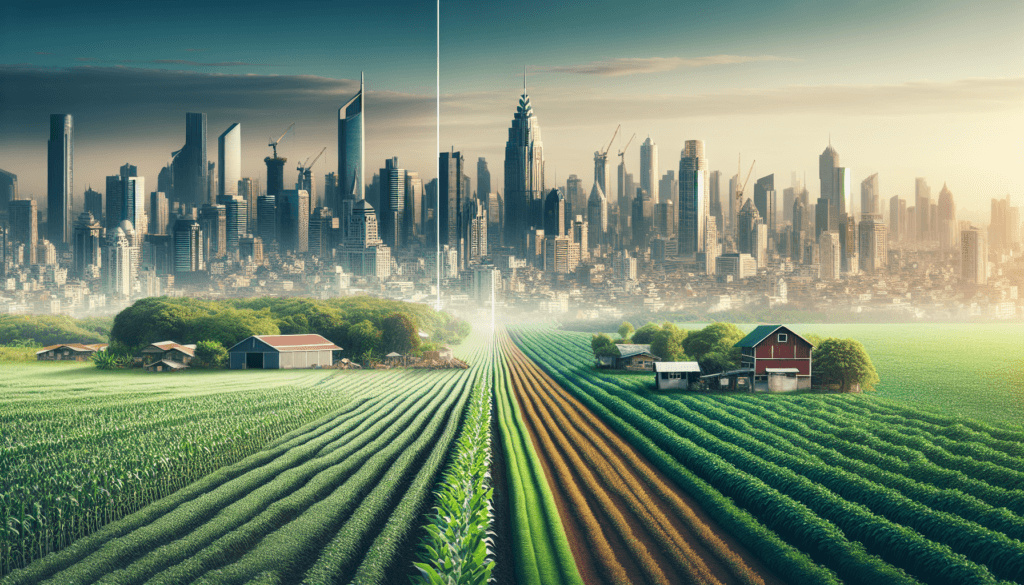
Community Engagement
Urban Gardening: Opportunities for Community Gardens and Engagement
Urban gardening provides numerous opportunities for community engagement. Community gardens are a popular concept in urban areas, where individuals or groups collectively maintain and cultivate a shared garden space. These gardens foster a sense of community and provide an avenue for individuals to connect with fellow gardeners, share knowledge, and exchange gardening tips. Additionally, urban gardeners frequently organize workshops, volunteer initiatives, and educational programs, further promoting community engagement and social interaction.
Rural Gardening: Limited Community Interaction
While rural gardening offers its own set of rewards, it tends to have limited community interaction in comparison to urban gardening. In rural areas, gardens are often private and located on individual properties rather than communal spaces. As a result, opportunities for community engagement may be more limited. However, rural gardeners can still participate in local agricultural fairs, farmers’ markets, or cooperative associations to connect with fellow individuals interested in gardening or agricultural pursuits.
Water Availability
Urban Gardening: Reliance on Municipal Water Supply
Urban gardening generally relies on the municipal water supply for irrigation needs. Due to the limited space and lack of natural water sources, urban gardeners often need to supplement rainfall by using tap water or recycled water. While this reliance on the municipal water supply ensures consistent watering, it may come with water restrictions or higher costs in regions where water scarcity is a concern. Urban gardeners should prioritize water conservation techniques, such as mulching, efficient irrigation systems, and rainwater harvesting, to minimize their environmental impact.
Rural Gardening: Access to Natural Water Sources
Rural gardening benefits from the availability of natural water sources. With larger land areas, rural gardeners often have access to wells, ponds, or even nearby streams and rivers. These natural water sources provide ample water for irrigation without relying solely on the municipal supply. The abundance of water allows rural gardeners to sustain their gardens even during periods of drought or water restrictions. However, it is essential for rural gardeners to practice responsible water usage and conservation to ensure the sustainability of these resources.
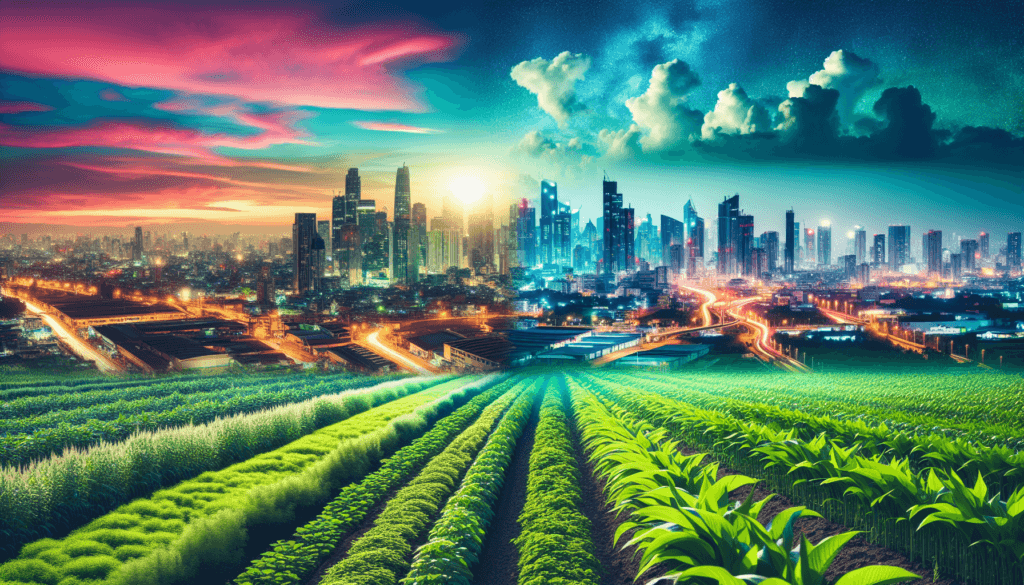
Land Ownership
Urban Gardening: Limited Ownership of Land
Urban gardening is often limited by land ownership issues. In urban areas, finding available land for gardening can be challenging, especially if you do not own property. Many urban gardeners resort to renting or utilizing small sections of public spaces through initiatives like community gardens. While these options provide opportunities for urban gardening, they may lack the long-term stability and control of a privately owned garden. Urban gardeners must adapt to the limitations of land ownership and make the most of the spaces they have access to.
Rural Gardening: Ownership of Land
Rural gardening is commonly associated with land ownership. In rural areas, individuals typically have more land at their disposal, allowing them to have more control and freedom in cultivating their gardens. Land ownership provides the security and flexibility to design and expand the garden according to personal preferences and long-term plans. However, it is important to note that even without land ownership, there are opportunities for rural gardening through land leases, cooperative farming, or participation in agricultural initiatives.
Commercial Potential
Urban Gardening: Focus on High-value Crops and Specialty Products
Urban gardening offers commercial potential through the cultivation of high-value crops and specialty products. Due to the limited space and higher demand for locally sourced produce, urban gardeners have the opportunity to grow high-value crops, such as microgreens, heirloom tomatoes, or specialty herbs. The proximity to urban markets and restaurants also provides urban gardeners with avenues for direct sales or partnerships, allowing them to generate income from their gardening endeavors. With the right marketing strategies and an emphasis on quality, urban gardening can be a profitable venture.
Rural Gardening: Potential for Large-scale Commercial Production
Rural gardening holds the potential for large-scale commercial production. The abundance of land in rural areas allows for the expansion of gardening ventures beyond personal consumption. Rural gardeners can scale up their operations to cultivate crops on a larger scale, catering to wholesale markets, distributors, or agricultural cooperatives. This capacity for large-scale production opens up opportunities for generating significant income through the sale of crops like grains, fruits, or vegetables. Successful rural gardeners often employ efficient agricultural practices, invest in machinery, and tap into growing consumer trends to maximize their commercial potential.
In conclusion, urban and rural gardening differ in several aspects due to the contrasting environments and resources available. Urban gardening maximizes limited space through innovative design techniques and container gardening, whereas rural gardening embraces traditional garden layouts. Urban gardeners benefit from easy accessibility to gardening supplies, while rural gardeners may face challenges in accessing resources. Environmental considerations vary, with urban gardening facing pollution and noise concerns, while rural gardening enjoys cleaner surroundings. Crop selection, pest and disease control, community engagement, water availability, land ownership, and commercial potential also exhibit distinctive characteristics between urban and rural gardening. Whether you prefer the creativity of urban gardening or the expansive possibilities of rural gardening, both offer rewarding experiences and the chance to connect with nature. Happy gardening!

